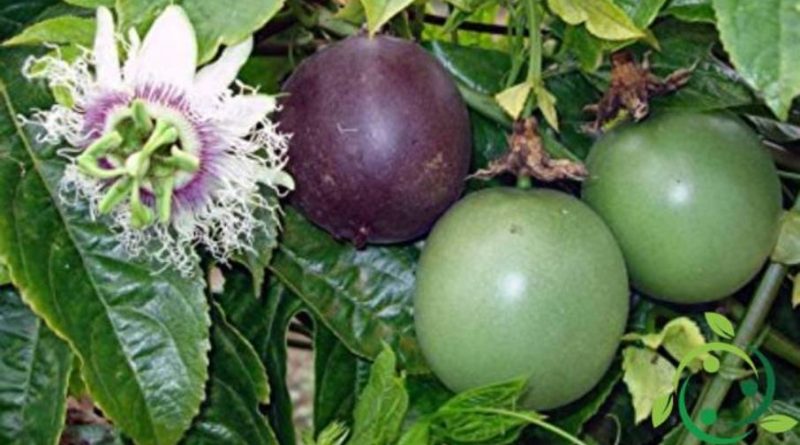How to grow the passion fruit in a biological way
How to grow the passion fruit in a biological way
The Maracuja (Passiflora edulis), also called the fruit of the passion, although plant of South American origin is one of those that can be grown in some areas of our country. To start its cultivation at an amateur level, just start with a fresh fruit just bought. In fact, the germination of fresh seeds is faster and easier. If you want to grow according to the principles of organic farming, you have to start from certified fruits. Passiflora edulis is self-fertile, pollination is entomophilous.
To prepare the seed, it is necessary to extract them from the fruit, remove them from the juicy part, wash with water and the skis dry on absorbent cloths for 3-4 days. At this point the seeds are ready for sowing in the ground, to be carried out in spring, where the new seedlings will germinate in 2-3 weeks.
For the choice of the area we must immediately say that, like all tropical or subtropical fruits, the minimum temperatures should never fall below 2-4 degrees Celsius and for a short time and the most suitable soil is sandy or at most sandy – clayey, deep, permeable and with a good supply of organic substance and subacid (to avoid calcareous soils due to the appearance of color).
The soil must be kept humid immediately and if we start from the seedbed it is advisable to carry out the transplant when the seedlings have emitted a good root system (which equates to a growth up to a height of 20-25 cm). Before the installation, a good supply of mature manure or compost must be placed in the holes (just a 40 x 40 x 40 cm hole). Due to its physiological peculiarity it is advisable to carry out mulching which also plays a role of thermal regulation of the soil.
Being then a plant with a poisonous and climbing habit, if you have to cultivate a certain number (or even for company productions) it is necessary to provide support structures. An espalier can be used as in the screw with a height of 2 m and with piles 4-5 m distant from each other and two wires at 1.5 and 2 m in height. Between one plant and another the distance can be 4 m, while 3 m between rows. Then, on the two wires, the four most suitable branches must be crossed and the others will be eliminated. During the period of dormancy after harvest, the fruiting formations are shortened to prepare them for the following year’s vegetation.
The fertilization must be organic only, which can be integrated with the ash derived from the burn of the sarments and buried with the maintenance work. It is superfluous to say that for irrigation this must be done regularly throughout the period from May until just before harvesting. The ripening of the fruit takes about two months after flowering.
Among the most frequent adversities we mention cochineals and mites that can be kept at bay with neem oil. For the rot the absence of nitric fertilizers (which soften and predispose all the tissues of the plant) and stagnation should give a good margin of safety.

